Consuming true crime can be a queasy business. There’s clearly an appetite for the stuff, as attested by the ever-growing ranks of podcasts, films and TV shows dedicated to recounting these tales of death and depravity. Still, how many serial killers can one moderately well-adjusted viewer take? I was relieved to learn that Netflix’s latest addition to the genre would investigate not another murder but an art crime – ‘the biggest art heist in history’, no less, as we’re told three times in the first three minutes of This Is a Robbery. The documentary re-examines the Isabella Stewart Gardner Museum robbery of 1990.
The four-part series begins with the night of the theft. The facts of the case are astonishing enough to capture your attention from the off. In the early hours of 18 March, the day after St Patrick’s Day, two men wearing Boston police uniforms tricked their way into the Gardner, tying the security guards to pipes in the basement before proceeding to loot the museum. They spent 81 minutes in the galleries, enough time to abscond with 13 artworks – paintings and works on paper by Rembrandt, Vermeer, Degas, Manet and Govert Flinck as well as an ancient Chinese beaker and a bronze eagle finial that had been affixed to a Napoleonic flag. Together, the works had an estimated value of $500m. No alarms went off; the guards were found, still gagged and bound, by museum staff the following morning.

Anne Hawley, then director of the Isabella Stewart Gardner Museum, at a press conference shortly after the robbery. Courtesy Netflix © 2021
All the essential ingredients of a juicy true crime doc are here: the witness testimony, including from a pair of then university students who saw the fake cops parked outside the museum, but whose statements the FBI never followed up on; the elaborate staged reconstructions; the crime-scene photographs. As the story progresses, more familiar tropes appear. There’s a spirited cast of wacky characters (beginning with the unconventional founder of the museum, Isabella Stewart Gardner herself), as well as red-herring suspects and a twist to close out each episode. Questions of motive and blame – not just who did it, but also how on earth they got away with it – are woven into the narrative. It’s perfectly bingeable, although if you watch all four episodes in a row, as I did, you’ll notice how often certain material is recycled – not least one memorable photo of a long-haired guard, wrists and face plastered with duct tape, tie-dyed T-shirt visible beneath his uniform.
Halfway through the series the focus switches. The FBI’s investigations have for some time concentrated on the Boston mafia, and in 2013 it announced that it had identified the thieves – both now dead – although the locations of the stolen works remain unknown. To understand how these identifications were made, and the potential journeys of the artworks over the past three decades, an in-depth excursion into the world of organised crime in New England is required. The case may not be so bloodless after all: a prime suspect, Bobby Donati, turns up dead in the trunk of a Cadillac, heavily beaten and with more than 20 stab wounds. He was a member of the Patriarca crime family, and one theory – rehearsed here – is that he may have organised the heist in an attempt to negotiate the release from prison of his boss, Vincent M. Ferrara (‘The Animal’). His murder was never solved, but may have been linked to a power struggle that had intensified within the mob during Ferrara’s imprisonment.
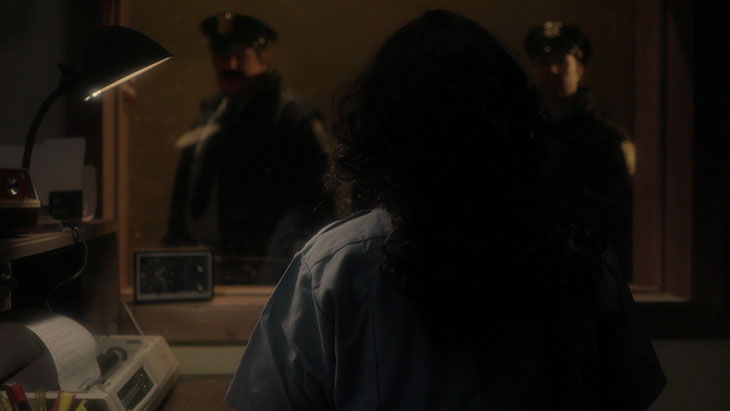
Still from This Is a Robbery (2021). Courtesy Netflix © 2021
Amid this tangle of factions and conspiracies you’d be forgiven for forgetting about the artworks, for which the Gardner Museum these days offers a $10m reward – up from $1m in 1990. But perhaps that’s to be expected, given that art theft is so rarely about art anyway (we can only hope that Rembrandt’s Storm on the Sea of Galilee is hanging safely in some Dr No-style lair, although it’s an unlikely prospect). There are some unexpectedly funny moments in the series, usually when the worlds of culture and criminality somehow clash or cross over. At one point, the former sister-in-law of one suspect recounts a possible encounter with one of the stolen artworks – Manet’s Chez Tortoni. She had helped to hang a picture on a wall of the suspect’s apartment in Quincy, Massachusetts. ‘It was a foo-foo frame. It was a woman’s frame. It didn’t belong in a bachelor’s apartment,’ she says of the picture’s golden frame. Of the painting: ‘It’s an ugly picture, or art, whatever you want to call it. And I asked George [Reissfelder, the suspect] if he posed for it.’
One justification for true crime is that its stories can be pressed into the service of a good cause: bringing new evidence to light, correcting a miscarriage of justice, highlighting social injustice. This Is a Robbery has little to offer by way of new information or perspectives, but it will no doubt reawaken interest in the case. There is only a slim chance that the stolen works have survived, given all the heat generated by the investigations – and the documentary acknowledges this. But it also concludes on a hopeful note, suggesting that as the people involved in the theft die off, the artworks may emerge. ‘Sometimes it’s the next generation,’ one interviewee says. ‘Grandpa’s dead, look what we’ve got!’
This Is a Robbery is available to stream on Netflix in the UK from 7 April.
Unlimited access from just $16 every 3 months
Subscribe to get unlimited and exclusive access to the top art stories, interviews and exhibition reviews.

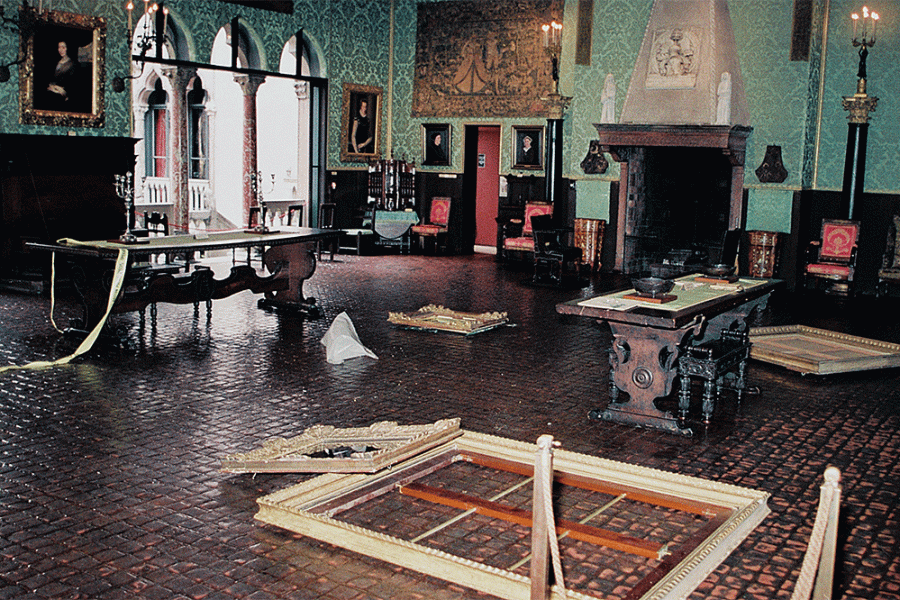
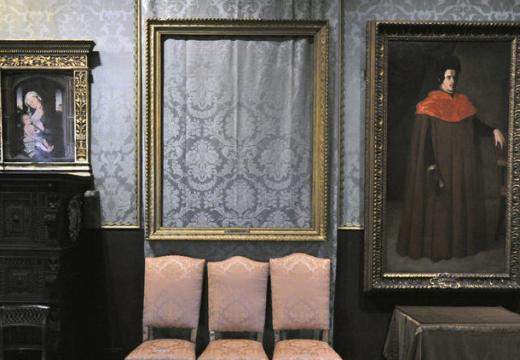
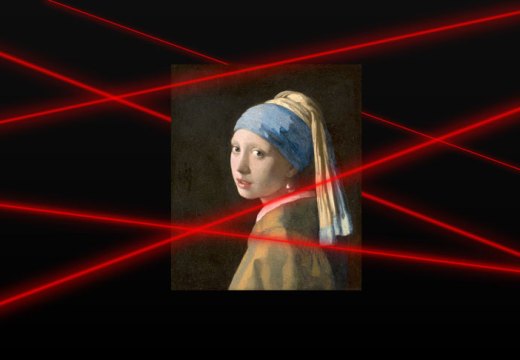
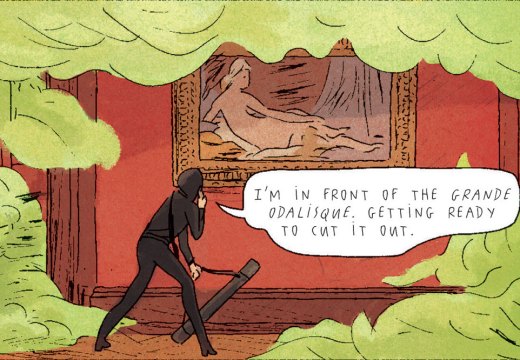









![Masterpiece [Re]discovery 2022. Photo: Ben Fisher Photography, courtesy of Masterpiece London](http://www.apollo-magazine.com/wp-content/uploads/2022/07/MPL2022_4263.jpg)
It’s time for the government of London to return to its rightful home